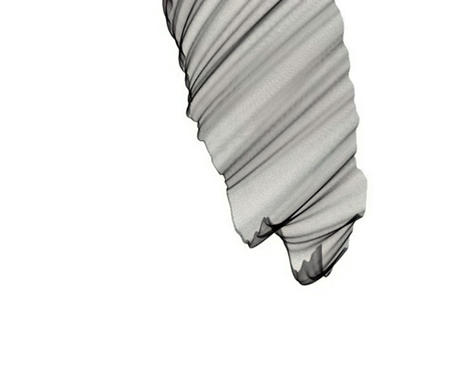Up and Down
(2008)by David Muth visualises an electroacoustic composition by British sound artist Kaffe Matthews – specially developed algorithms generated the imagery.

by David Muth visualises an electroacoustic composition by British sound artist Kaffe Matthews – specially developed algorithms generated the imagery.
